Getting a new pup can be exciting! But it’s essential to adopt a puppy that will fit your home, lifestyle, and the size of the family. This makes it a good idea that you consult a puppy's growth chart first so you can get a good idea of what to expect as your cute, little furball grows up.
All the time, we get plenty of questions asking, “How fast do puppies grow per week?” or “Can you tell how big a puppy will get?” And a puppy weight chart is perfect for predicting a puppy's adult weight.
As you read along, you’ll find the stages of puppy growth covered week by week and month by month, followed by a convenient age-to-weight chart depending on the toy, small, medium, large, and giant breed categories.
Puppy Growth Stages Week By Week
Puppy weight charts tend to be very easy to use, and by learning the weekly development stages of a puppy, you can often gain more information from puppy growth charts. As the puppy ages, there are certain puppy development key milestones that they will reach on their way to adulthood. We are going to cover the puppy growth starting by week up to 3 months, and then by month up to 9 months and beyond.
Before Birth
The average puppy spends about 9 weeks developing inside the mother’s womb, developing in rows to one another. The puppies are attached to their mother by a placenta and that gives all the nutrients they need for a couple of weeks while in the development stage.
In the beginning, the puppies have a large amount of room to move but they grow quickly, but as the time for delivery draws closer, they are packed in quite close together.

1-Week Old Puppy
Born with their eyes and inner ear closed, while they have all their fur, puppies are born blind and deaf. The front feet of the puppy are strong and durable enough so they can drag themself towards their mother even before they can walk.
If they are feeling uncomfortable and suddenly cry, their mother will react by touching them towards her and licking her puppy for reassurance. The puppy cannot manage their body temperature and they will need their mother's heat or an artificial heat source to properly maintain their body temperature.
The development stages transition very quickly, and by the end of the first week, will haved doubled their birth weight.
In the case that your newborn puppy won't nurse from the mother, is exceptionally small, abandoned, orphaned, or rejected - you will have to nurse the puppy yourself to ensure they get all of the nutrients they need during these critical stages. This can be done by Hand Feeding Pets with a Silicone Tipped Soft Syringe.
2-Week Old Puppy
Throughout this week, the puppy's eyes will begin to open. However, they probably still won’t be able to see completely. Their forelegs will have grown stronger and they will sustainably continue to grow faster, adding as much as up to 5-10% more of their body weight.
The puppy's mother is continuously attentive during these stages of puppy development, only departing from her babies to eat or to go to the bathroom. To keep the puppies clean, the mother will lick the puppy’s bottom to clean up any bowel or bladder accident. There is often no need to clean up after the puppy at this time.
The breeder, or owner, will want to start carrying the puppies more to get them accustomed to human contact.
3-Week Old Puppy
Throughout this initial week, a lot will occur as the puppies begin to exhibit their personalities for the first time. Your puppy will also be able to stand and sit for the first time towards the end of the third week. The ears will be opened completely, and it is during this week that puppies interact with each other - growling, socialization, and wagging tails are often developed at this age.
The puppy can now regulate their body temperature more efficiently and will begin to prepare their teeth for weaning. The front, canines, and incisors are out first and they should be able to have their first taste of puppy food (in tiny, introductory amounts!)
4-Week Old Puppy
This is the week that puppies begin to become extremely active in their movement and will play vigorously with one another. They also begin to roam away from the initial sleeping area when nature calls to empty their bladder and bowels. They may also attempt to climb out of the whelping box and want to frequently explore their surroundings.
The puppies’ mother will start to take more time relaxing away from the puppies. She will slowly stop cleaning after the pups, and you will now have the joyful responsibility to take up after her.
Your puppy will begin to naturally develop their back teeth and will receive most of their nourishment from puppy food, as they begin to wean. It is also completely normal and a natural process if the mother regurgitates her dinner for her puppies.
5-Week Old Puppy
By this time, your puppy can now really enjoy running and playing. They will most likely be very noisy, developing their bark while playing with other puppies while learning how to control their bite strength. The mother will usually teach them not to bite too hard.
6-Week Old Puppy
By the end of the 6th week, the puppy is entirely weaned and should be eating 5 to 6 small meals of puppy food each day. The puppy may still try to suckle milk from their mother but it isn't necessary at this age and the mother may be reluctant to continue feeding at this age.

7-Week Old Puppy
At about 7 weeks old, the puppy may begin to exhibit signs of fearfulness such as jumping or becoming startled by unfamiliar sounds and sights.
This is about a good time to begin considering protecting your puppy naturally from fleas. We recommend natural flea products because most flea products on the market contain harsh chemicals that may harm your pet, especially at a young age! Check out this blog on Why You Need to Protect Your Puppy from Fleas Naturally.
8-12 Weeks Old Puppy
If your puppy will be rehomed, this is about the most ideal time to do so. They are now at the peak of their puppy life and ready to explore their new home and life. If your puppy will be staying with you, get ready for a super fun new member of the family as you watch your puppy pass through puppyhood and into doghood! Pet owners should also begin preparing their puppy to get their first vaccinations around this time. Your vet may recommend sooner.
We’ll now cover the growth development of a puppy month by month, starting from three months up to eight months.
3-Month Old Puppy (12 Weeks Old)
Around this time, puppies are learning and very curious about...well, everything! This is also the ideal time to begin house training, potty training, puppy training, bite training, and puppy socialization.
A puppy learns best at this age and is also at the peak of their learning. An average puppy also typically can drop down to 3 meals a day at about the end of the third month.
Starting from the 3rd month up until the 6th month, a puppy also begins to learn to rank regarding dominance and submission, much like in elementary school for a human child who learns the difference between the principal, teacher, student, and playmate.
4-Month Old Puppy
At about four months old, a puppy begins to lose the typical puppy look and begins to resemble a similar, mini version of their adult selves. This age is another excellent time to continue reinforcing the training you may have begun to teach when at the 3-month mark and is still an ideal time to continue teaching them new things.
5-Month Old Puppy
Puppies at this age can go on short walks now, but even some everyday old puppy playtime, such as fetch or socializing with other pups, is sufficient. During this time, it’s also a good idea to keep your pup close to you when outdoors and during a walk, as puppies begin to become less dependent upon their pet parents.
It’s a great idea to begin practicing recall at this age and to heavily reinforce good behavior each time they come to you when called. It will take some time to practice this, but it will be worth it as they begin to enter the “teenage” stage of puppy growth development. You can read more about How to Train your Dog here.
Your pup may still be chewing and biting a lot during this month, too, due to their baby teeth. You can give them some dog toys or a frozen Kong toy to keep them preoccupied.
6-Month Old Puppy
At this age, toy and small dogs will have almost completed their growth. Other larger breeds such as a German Shepherd, Retriever, or Spaniel will have reached about 1/2- 2/3 of their adult weight by this age. Great Danes and other larger breeds should ideally have reached about half of their adult weight.
Female dogs may experience their first heat during this month - be sure to observe a female pup closely during this time, as it is possible for a female pup to become sexually mature, however, can cause complications as she is still not considered a fully grown dog at this age. You ideally want to spay your dog before their first heat, as it can significantly reduce the risk of mammary tumors. Your vet may recommend longer for males, but you will need to be diligent to discourage undesired sexual behaviors like mounting.
Don’t forget to continue practicing recall at this age and to enforce positive behavior and rewards each time they come when called.
7-Month Old Puppy
By the 7th month, your puppy should have all 42 of their adult teeth and look very much like a miniature adult. He should also be able to maintain two full meals per day.
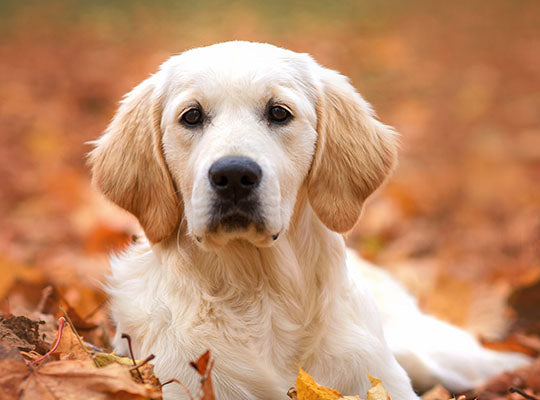
8-Month Old Puppy
By this time, a puppy will have a bountiful of sex hormones in their system, unless you have had your puppy neutered.
Remember to keep practicing recall behavior to keep their obedience skills spot on. Frequent walks also lessen the urge of curiosity in your dog for each walk taken.
9-Month Old Puppy and Above
By this age, your pup is well on their way to adult doghood. Pups aged at one year and above can now begin taking part in much more strenuous activity and sports.
Puppy Growth Charts by Breed Size
Every fur parent wants to ensure that their little pup is growing and weighing just right. Now, not all puppies are the same, especially if you compare a small breed puppy like a Chihuahua to a large breed puppy like a St. Bernard! This 2004 study shows Body-Weight Changes during Growth in Puppies of Different Breeds.
Here’s a handy dog and puppy's weight chart for the toy, small, medium, large, and giant breeds, so you can quickly check if your puppy is on the right track concerning ideal weight.
Toy
Examples of the Toy Breed include:
Chihuahua, Italian Greyhound,
English Toy Spaniel, Toy Poodle,
Karst Shepherd, Beagle,
Russian Tsvetnaya Bolonka
Small Breeds
Examples of the Small Dog Breeds include:
Affenpinscher, Bichon Frise, Bolognese, Boston Terrier, Brussels Griffon, Cavalier King Charles Spaniel, Chinese Crested, Coton De Tulear, Dachshund, Havanese, Japanese Chin, Lhasa Apso, Lowchen, Maltese, Maltese Shih Tzu, Maltipoo, Manchester Terrier, Miniature Pinscher, Papillon, Peekapoo, Pekingese, Pomeranian, Poodle, Pug, Rat Terrier, Shiba Inu, Shih Tzu, Silky Terrier, Toy Fox Terrier, Yorkipoo, Yorkshire Terrier
Medium Breeds
Example of the Medium Dog Breeds include:

Afghan Hound, Airedale Terrier, American Coonhound, American Eskimo Dog, American Foxhound, American Water Spaniel, Australian Cattle, Australian Shepherd, Azawakh, Basenji, Basset Hound, Beagle, Bearded Collie, Belgian Malinois, Border Collie, Boxer, Brittany, Canaan Dog, Cardigan Welsh Corgi, Chow Chow, Cirneco dell’ Etna, Cocker Spaniel American. Collie, English Bulldog, English Pointer, Entlebucher Mountain Dog, Field Spaniel, Finnish Lapphund, Finnish Spitz, German Pinscher, Glen of Imaal Terrier, Goldendoodle, Harrier, Ibizan Hound, Icelandic Sheepdog, Irish Terrier, Irish Water Spaniel, Keeshond, Kerry Blue Terrier, Labradoodle, Miniature Bull Terrier, Norwegian Buhund, Norwegian Elkhound, Nova Scotia Duck Tolling, Pembroke Welsh Corgi, Petit Basset Griffon Vendeen, Pharaoh Hound, Plott Hound, Polish Lowland, Portuguese Water Dog, Puli, Pumi, Pyrenean Shepherd, Redbone Coonhound, Saluki, Samoyed, Sealyham Terrier, Shetland Sheepdog, Siberian Husky, Skye Terrier, Sloughi, Soft Coated Wheaten Terrier, Springer Spaniel English, Stafford Bull Terrier, Standard Schnauzer, Sussex Spaniel, Swedish Bullhund, Tibetan Terrier, Treeing Walker Coonhound, Vizsla, Welsh Springer Spaniel, Whippet, Wirehaired Pointing Griffon, Wirehaired Vizsla
Large Breeds
Examples of the Large Dog Breeds include:

German Shepherd, Golden Retriever, Rottweiler, German Shorthaired Pointer, Doberman Pinscher, Bernese Mountain Dog, Cane Corso, Collie, Rhodesian Ridgeback, Chesapeake Bay Retriever, Akita, Bloodhound, Bullmastiff, Alaskan Malamute, Dalmatian, Dogue de Bordeaux, Old English Sheepdog, Irish Setter, Greater Swiss Mountain Dog, Bouvier des Fiandres, Anatolian Shepherd Dog, Afghan Hound, English Setter, Flat-coated Retriever, Borzoi, Gordon Setter, Spinone Italiano, Black Russian Terrier, Belgian Sheepdog, Saluki, Boerboel,
Briard, Black and Tan Coonhound, Bluetick Coonhound, Beauceron, Tibetan Mastiff, Irish Red and White Setter, Komondor, Ibiza Hound, curly-Coated Retriever, Chinook, Bergamasco, Otterhound, American Foxhound, Sloughi, Grand Bleu de Gascogne, Kangal Dog, Spanish Greyhound, Akbash Dog, Alano Espanol, Alapaha Blue Blood Bulldog, American Mastiff, American Staghound, Argentine Dogo, Ariege Pointer, Azawakh, Blue Picardy Spaniel, Bracco Italiano, Bukovina Sheepdog, Bulgarian Shepherd Dog, Canadian Eskimo Dog, Caravan Hound, Carpathian Sheepdog, Caucasian Ovcharka, Central Asian Ovtcharka, Czechoslovakian Wolfdog, Dutch Shepherd Dog, East Siberian Laika, East-European Shepherd, Francais Bianc et Noir, German Longhaired Pointer, Greenland Dog, Large Munsterlander, Northern Inuit Dog, Perro de Presa Canario, Picardy Spaniel, Pudelpointer, Rajapalayam Dog, Saarloos Wolfdog, South Russian Ovcharka, Tamaskan Dog, Tornjak, Tosa ken, West Siberian Laika, Alaskan Husky, American Bulldog, Bull Arab, Majestic Tree Hound, Maremma Sheepdog, Slovensky Cuvac, Moscow Watchdog, Mountain Cur, Polish Tatra Sheepdog
Giant Breeds
Example of the Giant Breed includes:
Great Dane, Mastiff, Newfoundland, St. Bernard, Great Pyrenees, Irish Wolfhound, Giant Schnauzer, Leonberger, Neapolitan Mastiff, Greyhound, Kuvasz, Scottish Deerhound, Chart Polski, Landseer, Pakistani Mastiff, Shiloh Shepherd Dog, Spanish Mastiff, King Shepherd
Puppy Maturity
Physical Maturity
Physical maturity is when a puppy reaches their adult height, depending on their breed. Smaller breeds generally are considered fully grown at about 12 months of age. Larger breeds can take up to a year or two to finish growing.

Mental and Emotional Maturity
Mental maturity is when our puppies officially become...well, dogs! This type of maturity takes time to develop. Mental maturity won’t happen overnight, but it’s a process that you will gradually begin to notice as they begin to pass through what we could consider the equivalent of the “teenage” phase in humans.
You might find your pup stepping out of boundaries, taking risks, and often getting into trouble. But there will be a fine line where they will become an adult and settle down. This may take 2-3 years to happen.
There is no specific age period as to when a puppy will officially become an adult, but some signs indicating mental and emotional maturity are:
-
Settles and calms down much easier
-
Responds to social cues from other pets and humans
-
Listens and responds appropriately to training
Sexual Maturity
Our cute little puppies and fluffs of furball eventually have to grow up sometimes, and this brings us to sexual maturity. Like humans, dogs get acne and will experience similar hormonal changes that will affect their behavior.
Sexual maturity is different for males and females and it’s important to take note of these changes. Sexual maturity is dependent upon size and breed. Typically, sexual maturity begins in puppies at five to nine months of age.
Females
When females are sexually mature, they will go into heat twice a year. During proestrus or the start of a female’s heat, the vulva will swell and develop some vaginal discharge for about 7 to 10 days.
Female pups can experience sexual maturity even before they become adults during their first heat, so if your female has not yet been spayed, be sure to keep a close eye on her as complications can develop for a sexually mature puppy.
Males
Unlike females, males can become sexually active once they have fully physically developed - around the age of 12 - 15 months. However, some may be able to sire puppies in just 5 months. The first signs of a sexually mature male are marking their territory, mounting, and undesired behaviors (such as the urge to roam).
Overweight and Underweight Dogs
Some pet parents often wonder if their dog is underweight, overweight, or at their ideal body weight. Having an ideal weight for your dog and puppy's weight is not only healthy, but it also allows them to live a healthy and active lifestyle.
Some factors that determine your pet’s weight, and that include:
-
Daily food intake
-
Intensity of exercise
-
Frequency of exercise
But how can you tell if your pup is at a healthy weight without frequent trips to the vet and having different numbers scaled at you?
Underweight
If you can heavily see the ribs of your puppy or dog, the chances are they are underweight. Sometimes a pup with a thick coat can be awkward to determine if he’s underweight at a glance. For some breeds like Pitbulls, it's normal to see the majority of their ribs.
You can also place both of your thumbs on your pup’s spine and have the opening of your hands on the rib cage. If you can distinctly feel the rib bones and very little fat, chances are they may need an extra meal added to their diet.
Overweight
If you follow the same procedure as above and find that you cannot see your dog’s ribs, or can’t feel them, chances are they are overweight and exercise should be implemented or their meal proportions reduced to help them get back onto the right track to an ideal weight. This is also noticeable if their waist is slightly larger than where their ribs meet.
Ideal Adult Weight
A dog is generally at an ideal weight if:
-
You cannot immediately see their ribs over their coat, but can generally feel it when you place your thumbs on their spine. Not seeing their ribs at first glance means that they have adequate fat.
-
At an overview from above, you can see that they have a tapered waist.
-
They have a slight slope just up from beneath their stomach if you look at them from a side view. In some breeds, this may be more pronounced.
Frequently Asked Questions: Puppy Growth and Development
When do puppies open their eyes?
After the birth of a newly born puppy, it can take about two weeks before they start to open their eyes. The first week after a puppy is born, they are entirely blind and deaf.
A puppy's eyes will start opening around the second week. During this time, it is essential that you carefully observe your puppy and make sure that they stay safe from any dangerous objects or hazards that could harm them.
When do puppies start walking?
The average puppy begins their first steps to walking at around the third week. You may notice that they begin to explore and crawl by the end of the second to third week after they are born.
Most puppies generally are able to walk without many restrictions around 3-4 weeks.
When should I start socializing my puppy?
A lot of fur parents often wonder, “When should I start to socialize my puppy?” There are many different expert views on this, but we know that a puppy is at the peak of the learning process when they are at about their 3-month initial period.
It is during this time that it is best to ease in socialization for your pup towards humans and other pets. When a puppy is isolated, they often grow into anxious habits, especially when meeting new people, other pets, or even children.
You will want to gradually teach your puppy to be comfortable around social situations to avoid aggressive behaviors, social anxiety, and other obstacles that might affect their social growth as they age.
Does neutering affect the growth of a dog?
Dog neutering is the process of surgically preventing dogs from reproducing. Neutering your pet reduces the stress often developed over time when exposed to intact (unneutered or unspayed) pets, reduces the risk of certain cancers, and significantly reduces aggressive behavior when a puppy becomes an adult.
While neutering can slightly affect a dog’s physical growth, there are no noticeable disadvantages to the affected growth aspect. Male dogs neutered before they reach sexual maturity tend to be slightly taller, but less stockier than males neutered after.
What factors affect the growth of a dog?
There are a few factors that influence the growth of a dog, including:
-
Diet
-
The General health condition of the puppy
-
Breed
-
Neutering
How many hours a day does a puppy sleep?
A newborn puppy can sleep up to 20-22 hours a day, while a 12-week-old puppy can sleep anywhere between 18-20 hours a day. As a puppy matures, they will sleep less, but even a 3-month-old puppy can still sleep up to 15 hours a day!
What can I expect from my puppy’s first vet exam?
The vet will check your puppy’s vitals and check for evidence of intestinal parasites, as well as external parasites. Typically, depending on the age of your puppy and their health history, a vaccine will typically be administered, as well as flea and tick preventatives.
When can I take my puppy to the dog park?
During the first 3 months of your puppy’s life, you should begin to socialize them with as many people, places, and different experiences as possible.
However, it is much advised to avoid bringing them in contact with other unknown dogs until your vet confirms they have had all the needed vaccinations to protect them from diseases. For example, Parvo is a severe and life-threatening disease if your pup is exposed to it without the proper vaccinations.
Sources:
Long-Term Compassionate Use of Oclacitinib in DogsCannabidiol Inhibits Paclitaxel-Induced Neuropathic Pain
The Antitumor Activity of Plant-Derived Non-Psychoactive
Effects of Selenium and Vitamin E on the Immune Responses of Domestic Animals
A Cross-Sectional Study of Cannabidiol Users










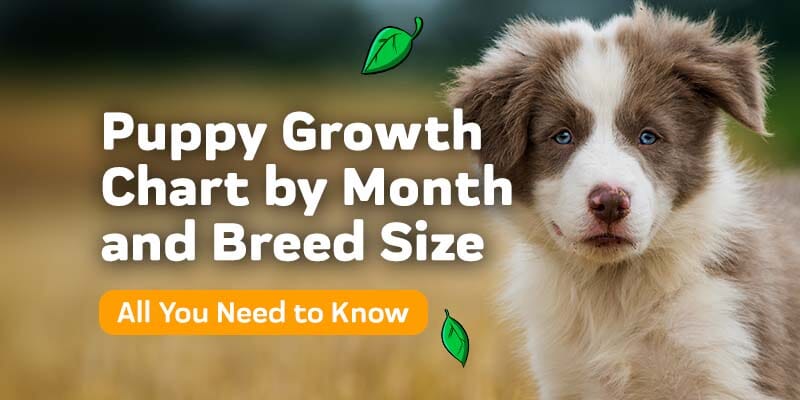

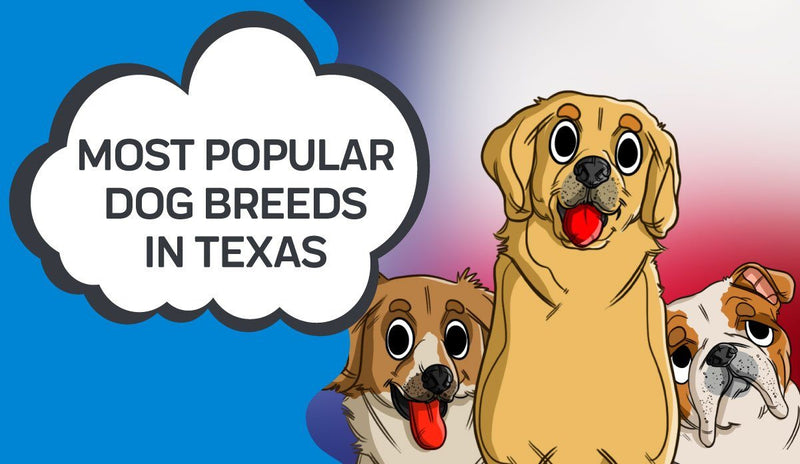
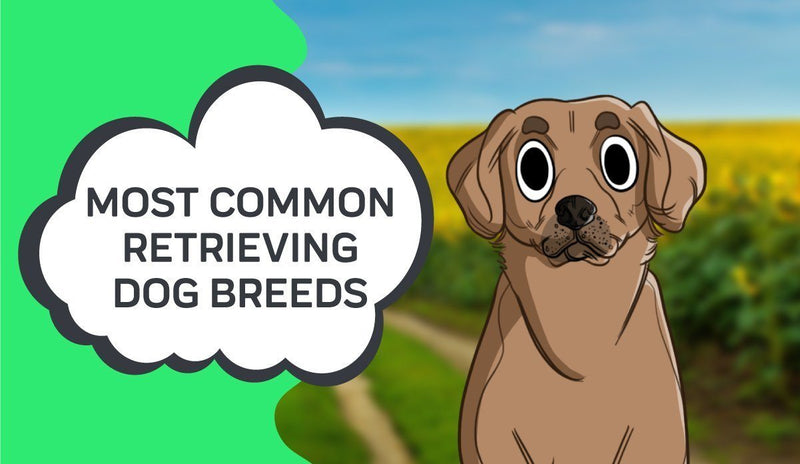
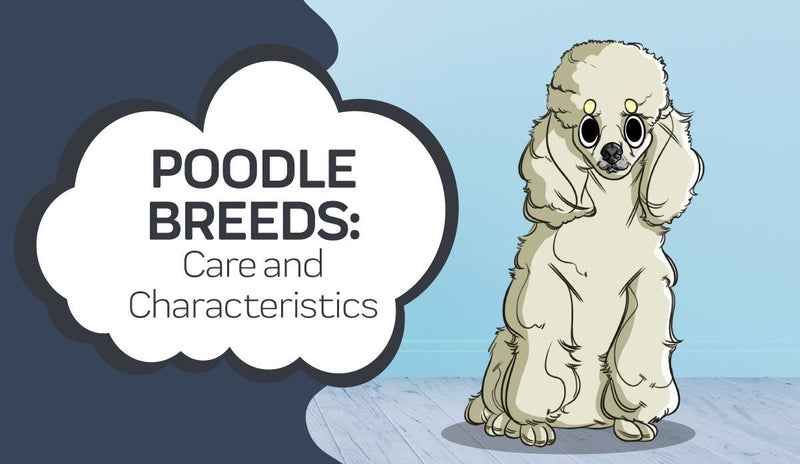
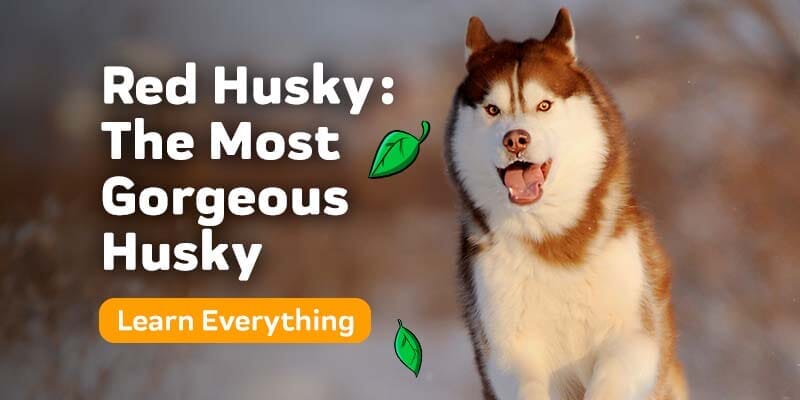
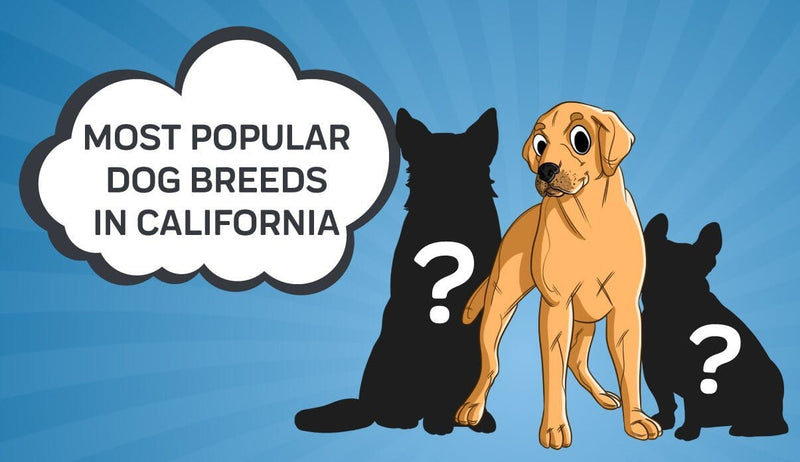
yes, i like your website and I am learning new things about dogs that I never even knew!!!!!!!!!!!